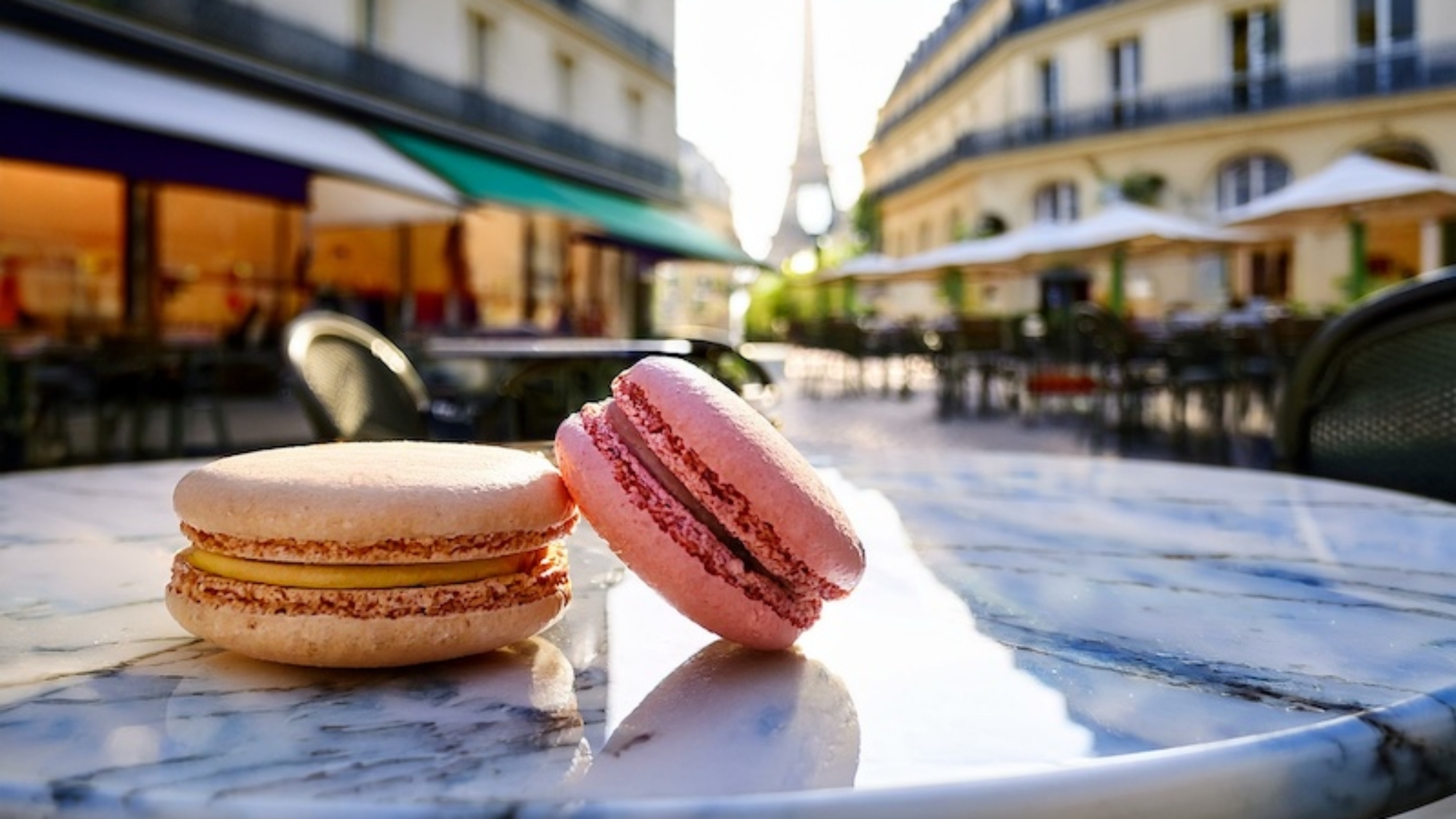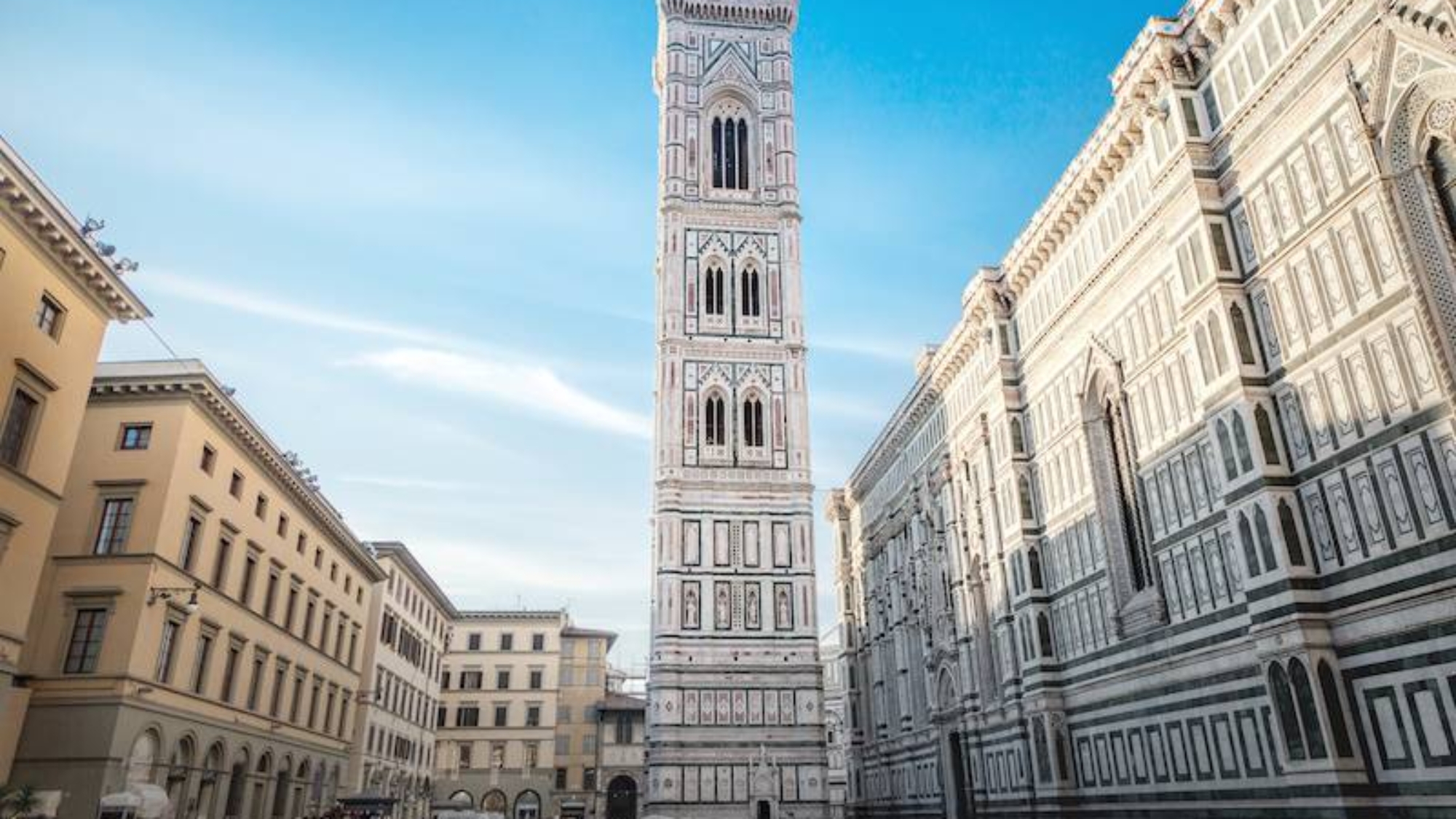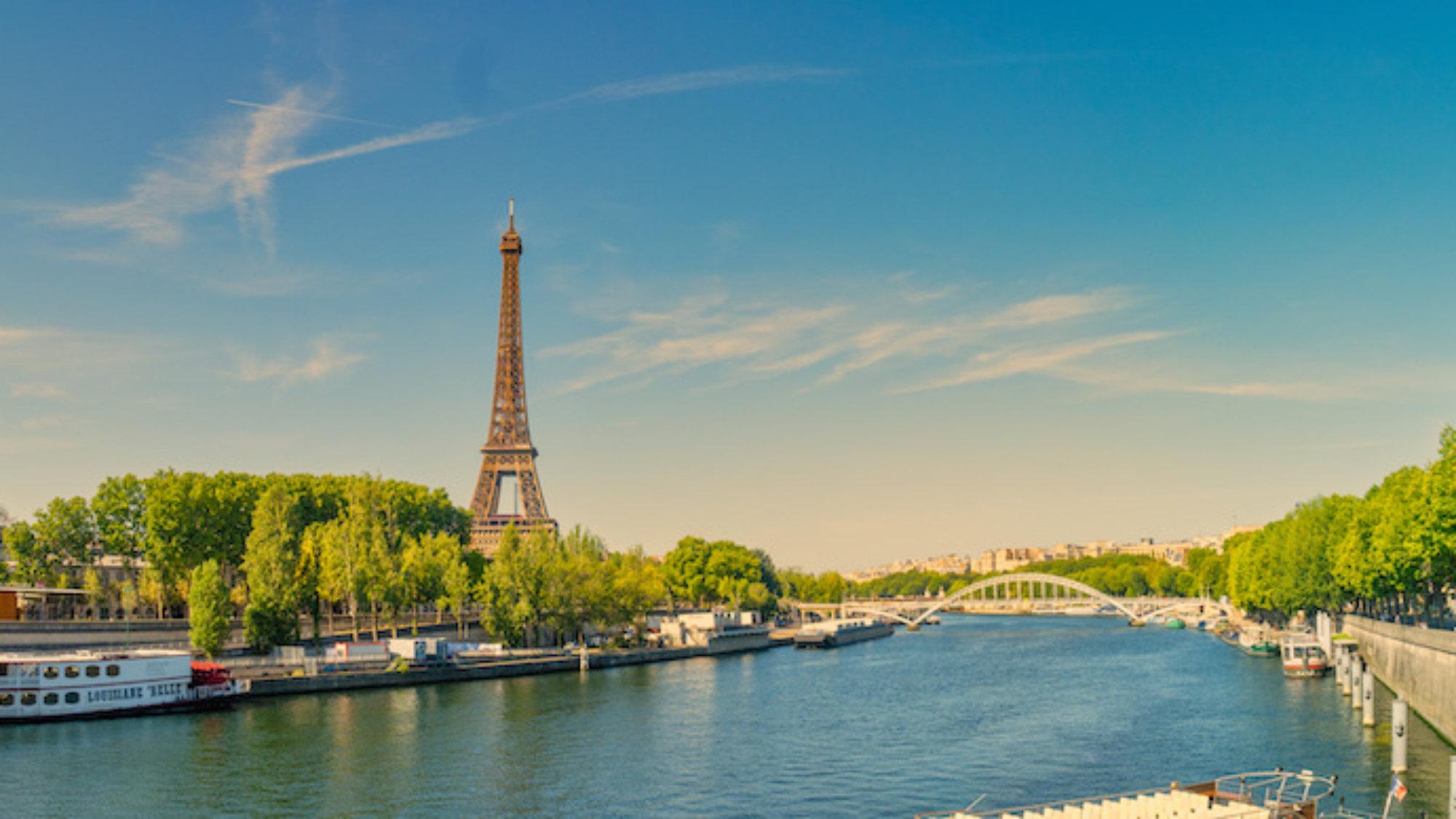Macarons are more than just a sweet treat—they’re a symbol of Parisian elegance and craftsmanship. These delicate, colorful confections, made from almond meringue and filled with ganache or buttercream, have become a must-try experience for anyone visiting Paris. But not all macarons are created equal. To taste the real thing, you need to know where to go.
For those seeking the full Parisian experience, consider combining a tasting tour with one of our guided Paris culture tours, designed to showcase the city’s iconic flavors and hidden patisserie gems.
Ladurée: The Icon of Parisian Macarons
When it comes to macarons, Ladurée is often the first name that comes to mind. Founded in 1862, this legendary patisserie has set the global standard for macarons, offering a wide selection of flavors in its elegantly designed boutiques.
The Champs-Élysées location is the most famous, with its gilded interiors and tea salon, but Ladurée has several stores across Paris, each offering its signature pastel-colored boxes and perfectly crafted macarons.
Classic flavors include vanilla, pistachio, salted caramel, and seasonal limited editions that reflect Parisian creativity.
Pierre Hermé: Haute-Couture Macarons
Known as the “Picasso of Pastry,” Pierre Hermé elevates macarons to an art form. His innovative flavor combinations and meticulous attention to detail have earned international acclaim.
Expect bold pairings like rose and lychee, olive oil and mandarin, or Mogador, a blend of milk chocolate and passion fruit. The texture, balance, and originality make Pierre Hermé a must-visit for macaron lovers seeking something beyond the traditional.
Boutiques can be found throughout Paris, with the Rue Bonaparte location in Saint-Germain-des-Prés offering an especially chic atmosphere.
Maison Cyril Lignac: Modern Craftsmanship
Celebrity chef Cyril Lignac has made a name for himself in the world of French patisserie, and his macarons reflect a contemporary yet refined approach.
While known for his exquisite pastries and chocolates, Lignac’s macarons impress with their intense flavors, rich fillings, and perfect texture. Popular options include chocolate, raspberry, and praline, crafted with high-quality ingredients and modern flair.
The shops are often less crowded than other famous patisseries, making them ideal for a relaxed, authentic experience.
Carette: Tradition with a View
Carette combines classic Parisian café culture with high-quality patisserie. Its Place du Trocadéro location offers breathtaking views of the Eiffel Tower, making it the perfect spot to enjoy macarons with coffee or tea.
Carette’s macarons are known for their light, airy shells and balanced fillings, with traditional flavors such as coffee, lemon, and vanilla always available.
This is a great option for combining sightseeing with a refined sweet break in one of the city’s most picturesque spots.
Stohrer: The Oldest Patisserie in Paris
Founded in 1730, Stohrer is the oldest patisserie in Paris, located in the heart of Rue Montorgueil. Known for its historic ambiance and legendary pastries, Stohrer also offers a delightful selection of macarons crafted with traditional techniques.
The raspberry and pistachio macarons are particularly popular, but the real charm lies in experiencing the patisserie’s centuries-old legacy while indulging in one of France’s most iconic sweets.
Tips for Enjoying Macarons in Paris
- Buy fresh: Macarons are best enjoyed within 48 hours of purchase. Avoid storing them for long.
- Try seasonal flavors: Many patisseries offer limited-edition macarons reflecting the seasons or special events.
- Combine with tea or coffee: Many locations, especially Ladurée and Carette, offer tea salons for a complete tasting experience.
- Avoid tourist traps: Not all macarons in Paris live up to the name. Stick to reputable patisseries for the authentic taste.
Final Thoughts
Tasting macarons in Paris is more than a culinary experience—it’s a journey through French history, innovation, and craftsmanship. Whether you prefer classic flavors or daring new combinations, the city’s best patisseries offer unforgettable bites of sweetness. Take your time, explore different neighborhoods, and let the authentic taste of Parisian macarons be a highlight of your trip.












